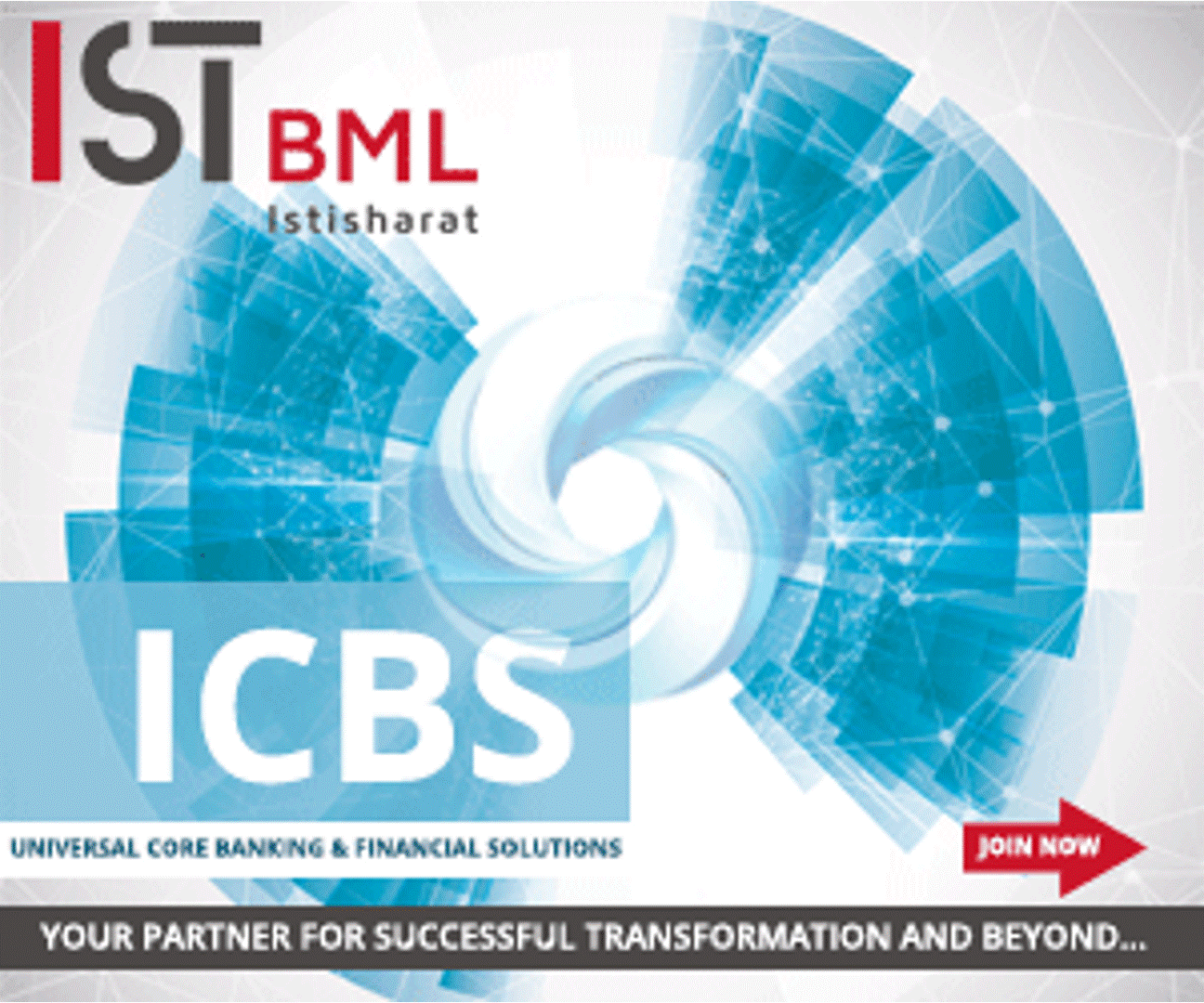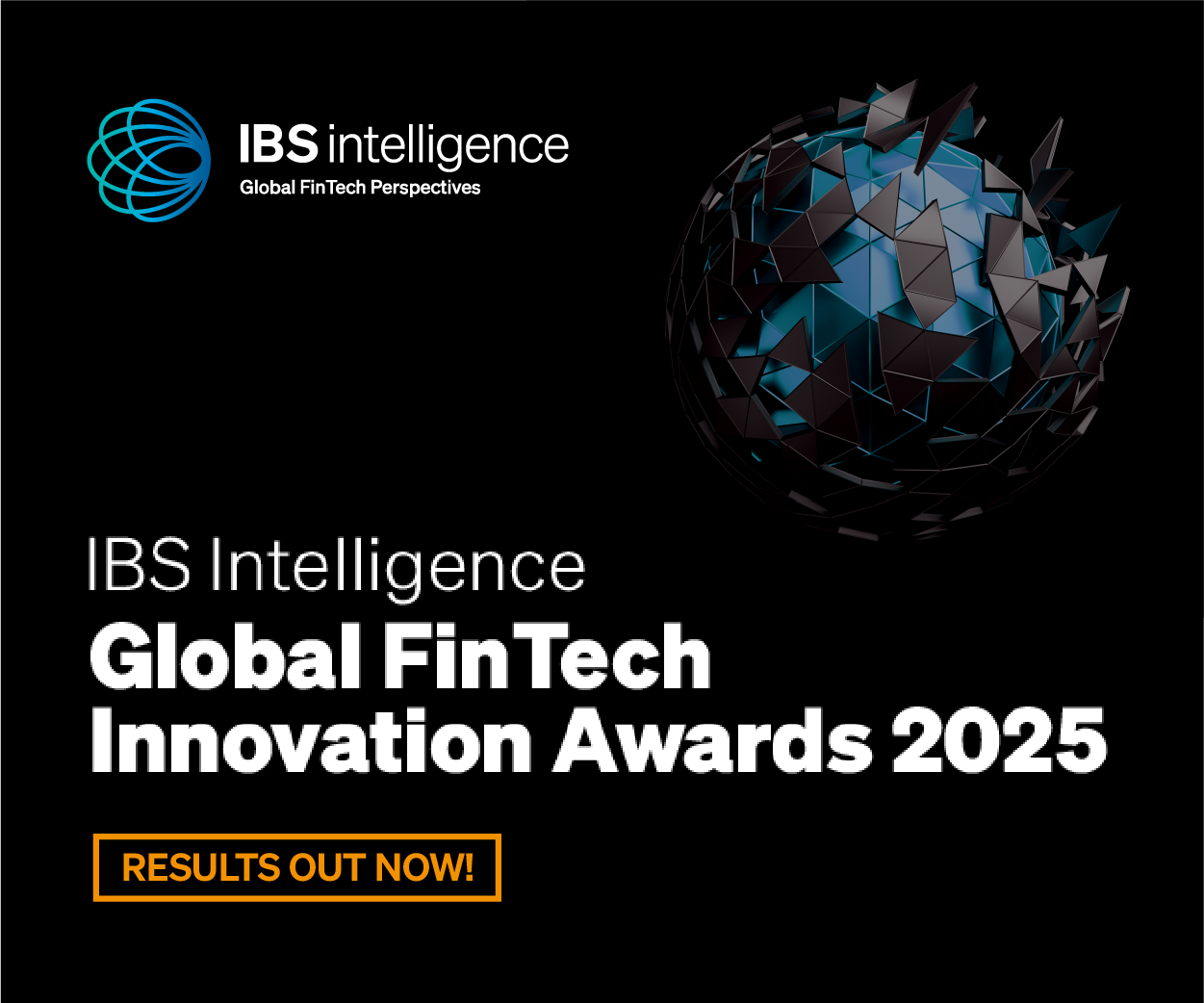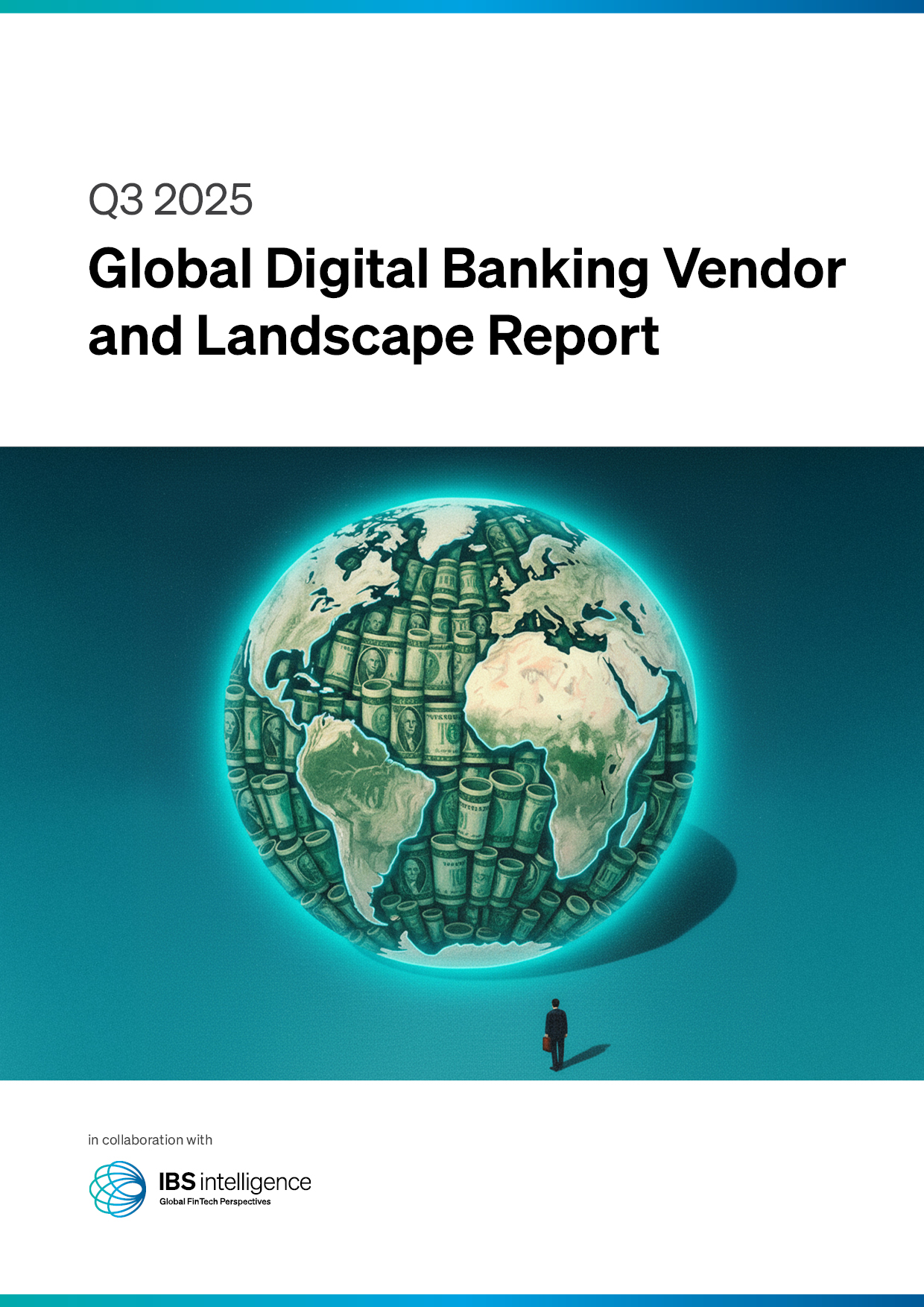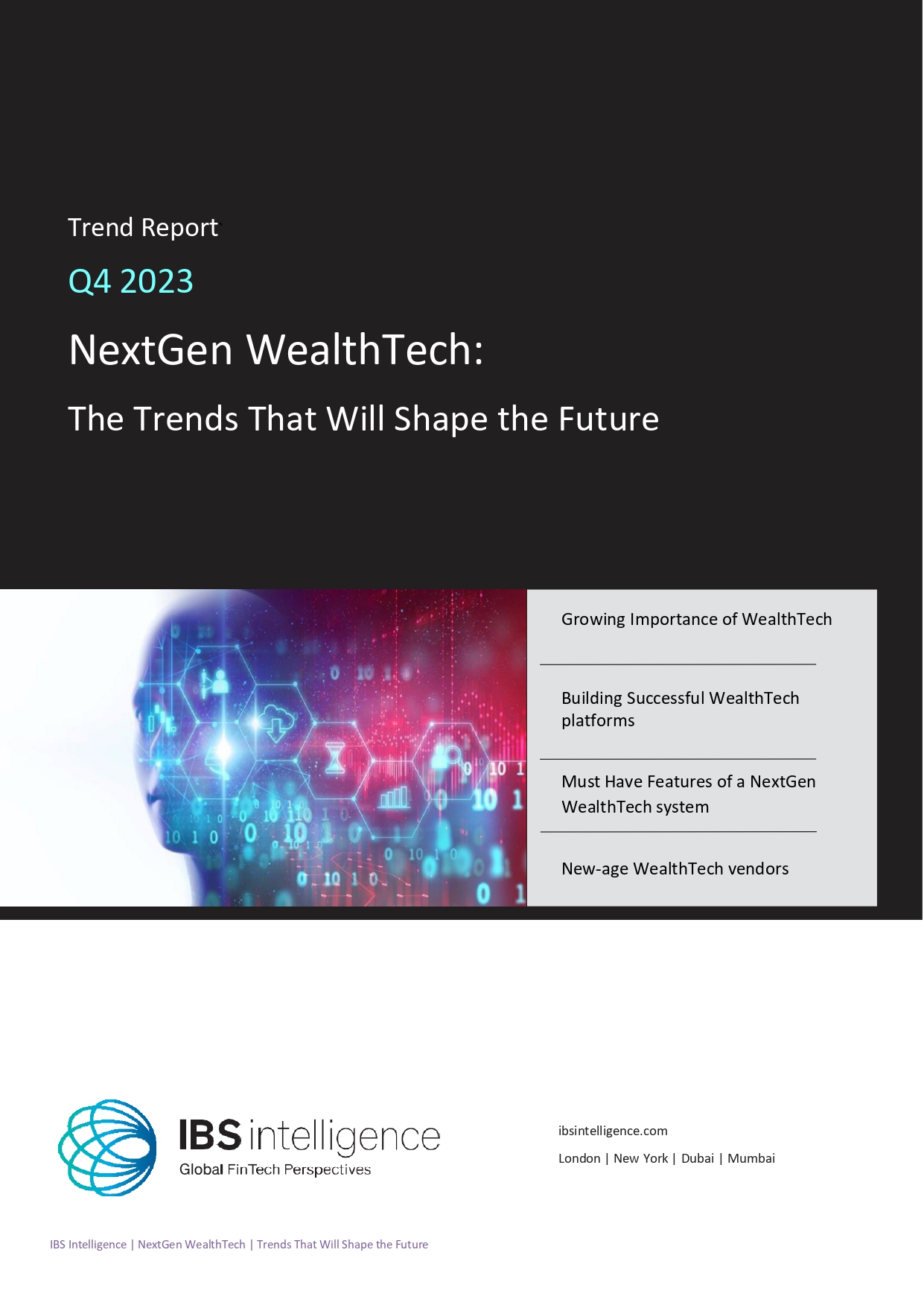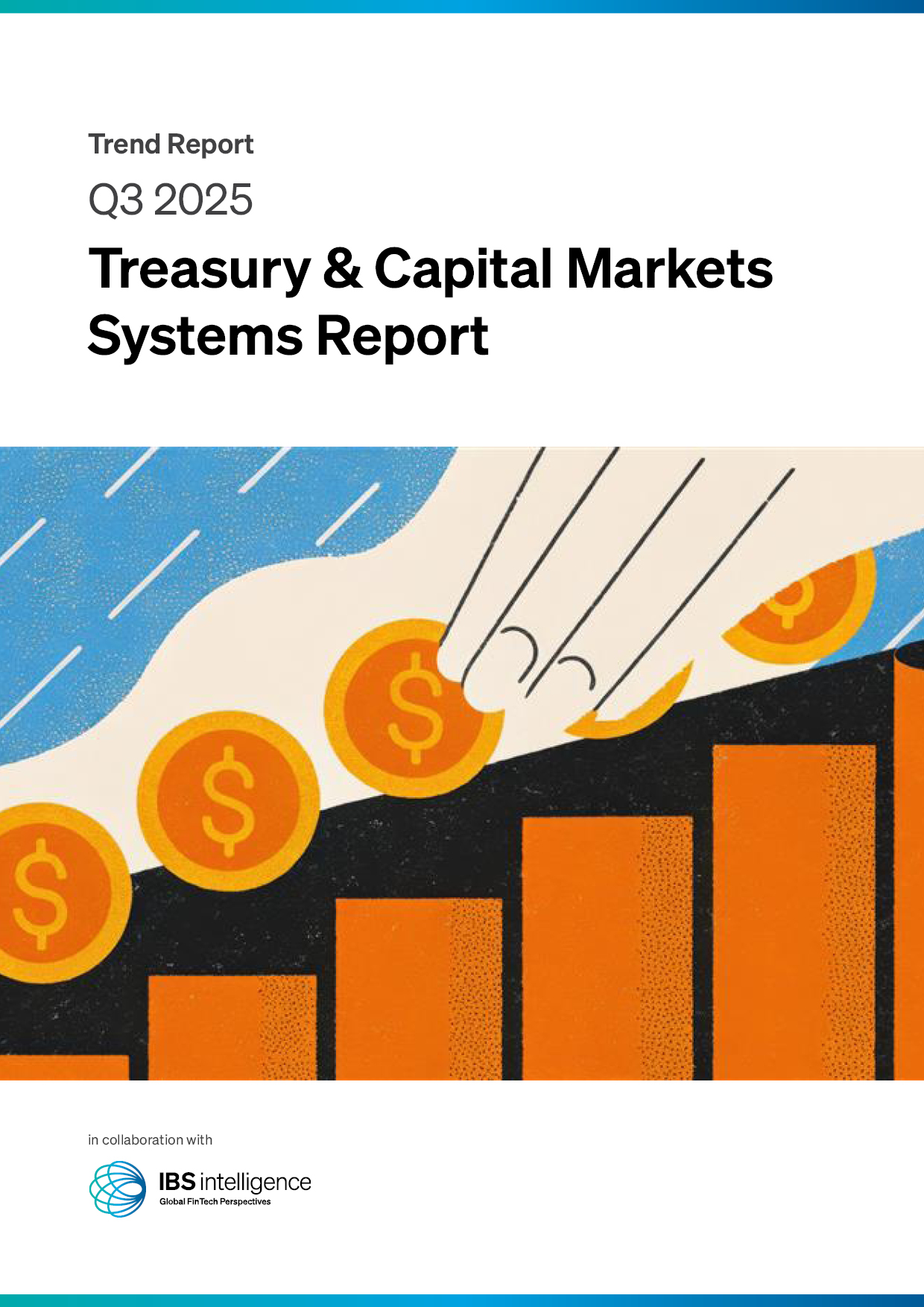 Back
Back
The deep dive: Future of embedded finance
By Puja Sharma
The deep dive’ is our bi-weekly exploration of a relevant topic, hot trend, or new product. For Prime subscribers only.
How does it work?
The availability of embedded finance services – financial services provided online by non-financial companies – has grown substantially over the past few years. These embedded services include the use of an e-wallet such as PayPal or Google Pay (used by 42% of adults in the past 12 months); paying in installments through a Buy Now Pay Later (BNPL) solution (17%); rounding up the payment at checkout to donate to a charity or transfer to a personal investment (15%); purchasing insurance when buying a high-value product (13%); and taking out a loan at checkout to cover the cost of expensive items (6%).
Three in five (60%) adults have used embedded finance services as part of the checkout process when shopping online in the past 12 months, according to a survey from Temenos, the world’s leading open platform for composable banking. Embedded finance services are particularly popular amongst younger generations, with four in five (80%) within the 18-34 age bracket having used one in the past year.
With a high proportion of customers using at least one of these at least once a month and citing appealing features including speed, convenience, security, and user-friendliness, the embedded finance market is growing fast, creating new opportunities for banks, specialist fintech lenders, banking-as-a-service providers as well as the merchant brands.
Who is under the radar?
Embedded payments: In embedded finance, businesses can integrate payments into their products through embedded payments. Almost any business can add new payment methods to streamline the checkout experience for users and control the entire process.
The modules built by others can also help online retailers and other businesses embed financial services into their digital experiences. Thus, payments, lending, deposit, and checking accounts become yet another product capability that enriches the customer experience. Merchants must remain aware of industry trends and maintain appropriate cybersecurity precautions as embedded finance continues to grow.
Why does it matter now?
Embedded finance is already part of our daily lives. We’re all familiar with how Uber takes payments without fuss, to the point where standing in the rain at a cashpoint to pay for a cab seems positively antiquated. But this report shows the sky’s the limit when it comes to clever ways to blend finance into other processes,” Steve Lemon, Co-Founder at Currenycloud, told IBS Intelligence when commenting on the report’s findings.
Customers are increasingly expecting e-commerce platforms to provide a smooth buying experience. Embedded payment is the solution to this ever-growing client requirements. This also allows the companies to provide value-added benefits to clients and increase loyalty.
Embedded payment providers are capturing niche market segments through partnerships—with the growing competition in the embedded payment market across various sectors, embedded payment platform providers are untapped segments. Embedded payment providers are collaborating with players from niche industries to expand their client base.
IBSi FinTech Journal
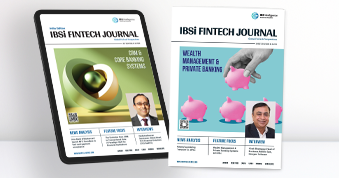
- Most trusted FinTech journal since 1991
- Digital monthly issue
- 60+ pages of research, analysis, interviews, opinions, and rankings
- Global coverage


